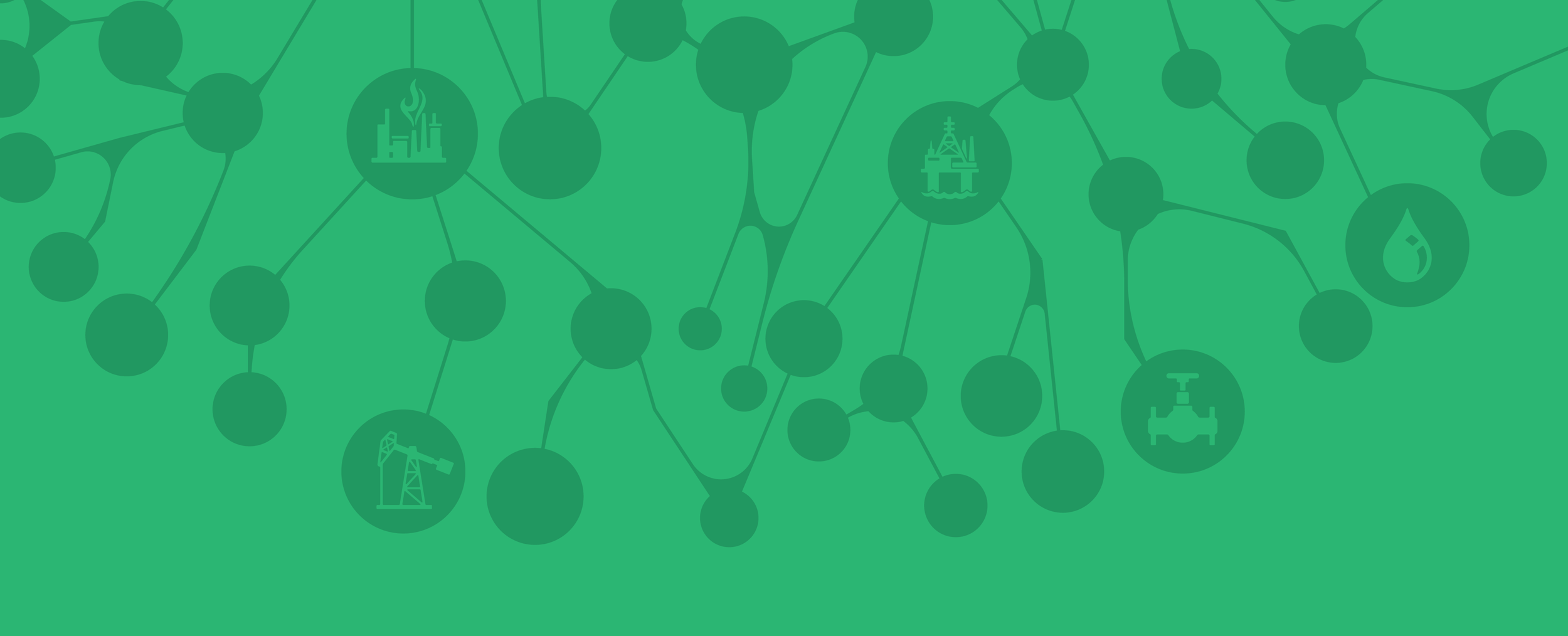
Are You Ready to Fuel Your Mind?
GATE Energy was founded with the mission of doing things right the first time. This simple yet powerful mission drove us to build processes and systems that have allowed us to hire, train, and develop graduate engineers into industry recognized subject matter experts and thought leaders.
Our Technical Blog Gives You Access To:
On-demand training videos developed by our industry experts
Easy-to-use simulation tools that will provide an 80-20 solution for typical production monitoring and optimization workflows
Technical articles and abstracts centered around energy industry knowledge and lessons learned
We want to do our part and make sure that new decision makers have the right tools, guidance, mentors, and coaches to help them make the right decision the first time, every time.
10 Steps to Safely Handling Failed Parts for Laboratory Testing
So your pipe burst, your pump shaft snapped, or your welded joint split, and you need to figure out why and how to fix it. The next steps you take can make the difference between finding answers and leaving the mystery unsolved until the next failure.
A Simplified, Yet Rigorous Approach to Root Cause Analysis
We have many options for conducting root cause analyses (RCA) including TapRooT™ and CAST/STPA. The method described here is the method developed by GATE to simplify the analysis while maintaining adequate rigor.
STPA: A Systems Approach to Process Hazard Analysis
Systems Theoretic Process Analysis (STPA) is a systems approach to hazard analysis. It is based on the premise that accidents happen when we lose control. They are a control problem, not a failure problem.
HAZOP Risk Assessment via the RRR Matrix
The GATE approach to risk ranking makes risk assessment easier, more accurate and more repeatable by incorporating LOPA insights into the risk matrix approach.
Combining Stream-Based HAZOPs, LOPAs & STPAs into an All-In-One Assessment
HAZOP is the most commonly applied process hazard analysis (PHA) methodology in the processing industries. It is also the most flawed!
Offshore CCUS in the Gulf of Mexico: Technical Considerations
This article discusses high-level technical considerations when refitting an existing offshore infrastructure for CCUS applications.
3 Ways to Go from Petrochemical to Renewable
Energy is changing. Because of the increasing threat of the consequences of a warming planet, new sources of energy are being developed that are expected to slow this planet-wide change. Some of these are well-known, such as nuclear, wind and solar, while others require more work, such as hydrogen, 3rd generation concentrated solar and fusion.
How Oil & Gas Can Reduce Carbon Emissions to Make Way for Renewables
The overall aim of carbon capture and sequestration (CCS) is to store carbon dioxide (CO2) in geological formations in order to reduce the amount in the environment and lower the risk of catastrophic climate change. The rate of CO2 emission and the amount of it in the atmosphere has been increasing steadily since the beginning of the Industrial Revolution in the early part of the 19th century.
How to Use Existing Petrochemical Infrastructure & Integrity Management Expertise for Hydrogen Generation
There are several developments in the area of electrolysis which seek to reduce the cost, increase the yield, or even change the source of transportable hydrogen.
Changing the Way We Do Risk Assessment in HAZIDs and HAZOPs
Making Risk Assessment Better, Less Ambiguous and Repeatable - And more Actionable
Managing Integrity Risk & Reducing Damage From Well Shut-ins & Startups
The recent global over supply of crude oil and soft demand has resulted in oil companies shutting wells in to prevent destroying value and to protect their balance sheets. The time frame, until production startup becomes economic, is uncertain and therefore, it is imperative that appropriate actions are taken to maintain and manage the integrity of shut-in wells and associated delivery systems.
Managing Risk and Reducing Damage From Well Shut-ins
The time frame, until production startup becomes economic, is uncertain and therefore it is imperative that appropriate actions are taken to maintain and manage the integrity of the available Installed Production Capacity during shut-in.
Circuitization: A Technique For Increasing Inspection Efficiency
Circuitization aims to reduce overhead inspection costs through the thoughtful break down of a system into smaller sections.
BSEE'S New Approach To Inspections
In recent years, the BSEE Safety Inspection Program section has been developing a risk-based approach to augment these inspections.
Common Failures In Oil And Gas Wells
This information provides insight to aid in preventing common failures and improving industry practices to reduce incident rates in addition to saving time and money.
Top Of Line Corrosion Part 2: Risk Assessment & Mitigation
Now its time to assess the TOLC risk and the corresponding locations in the system where TOLC may occur. From there we can determine the appropriate mitigation and control strategies.
Choosing & Using Condition Monitoring Locations (CMLs)
The building blocks of a robust inspection program are condition monitoring locations (CMLs). As defined by API 510 and API 570, CMLs are designated locations on pressure vessels or piping systems where periodic external examinations are conducted to assess condition.
Reservoir Souring Prediction
At GATE Energy, we have the technical knowledge and experience to apply our own approach to souring prediction which can enable design and operational decisions to be made to mitigate the risks associated with such H2S production.
Fit-For-Purpose Integrity Management Of Seawater Injection Systems
Seawater injection is a vital tool for the economic success of some projects and those projects need to ensure that the seawater can be effectively delivered from the seawater source to the reservoir.
Top Of Line Corrosion Part 1: Determining Risk
In Part 2 of this GATEKEEPER series, we will look at the different approaches available to assess risk in the system and will discuss the mitigation options available to us.



